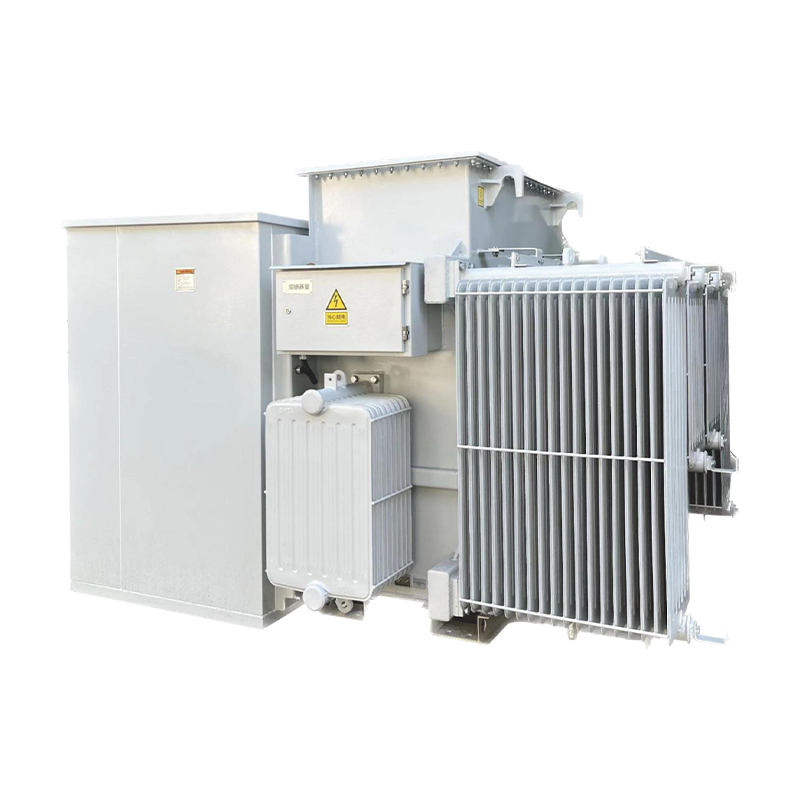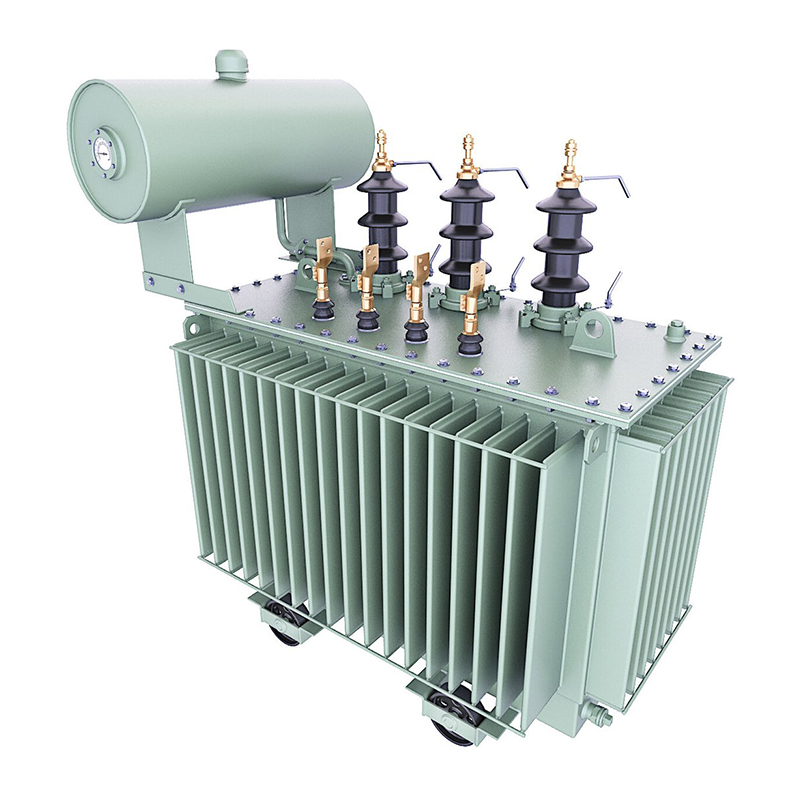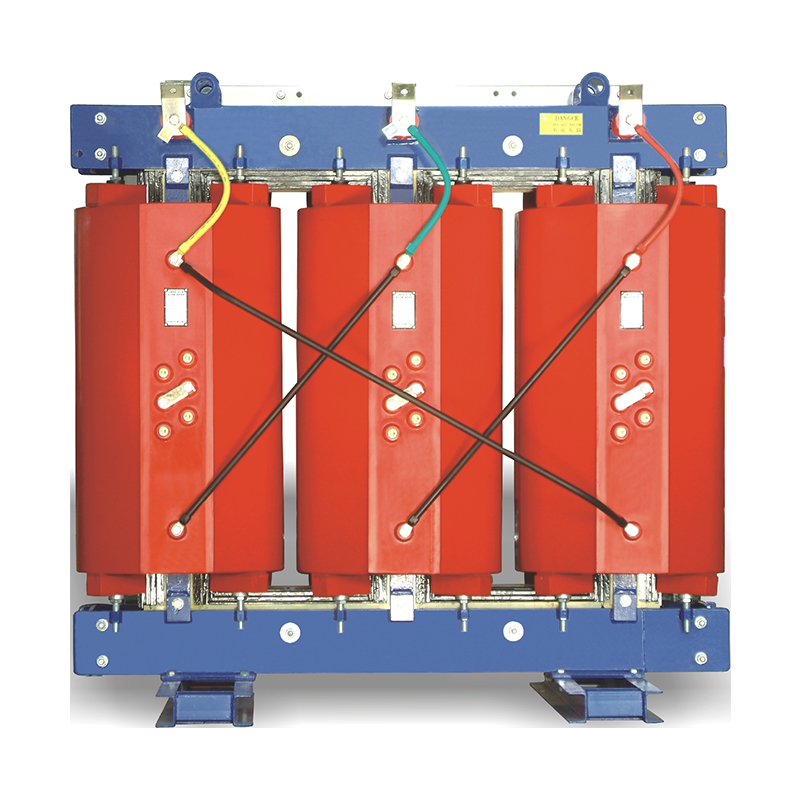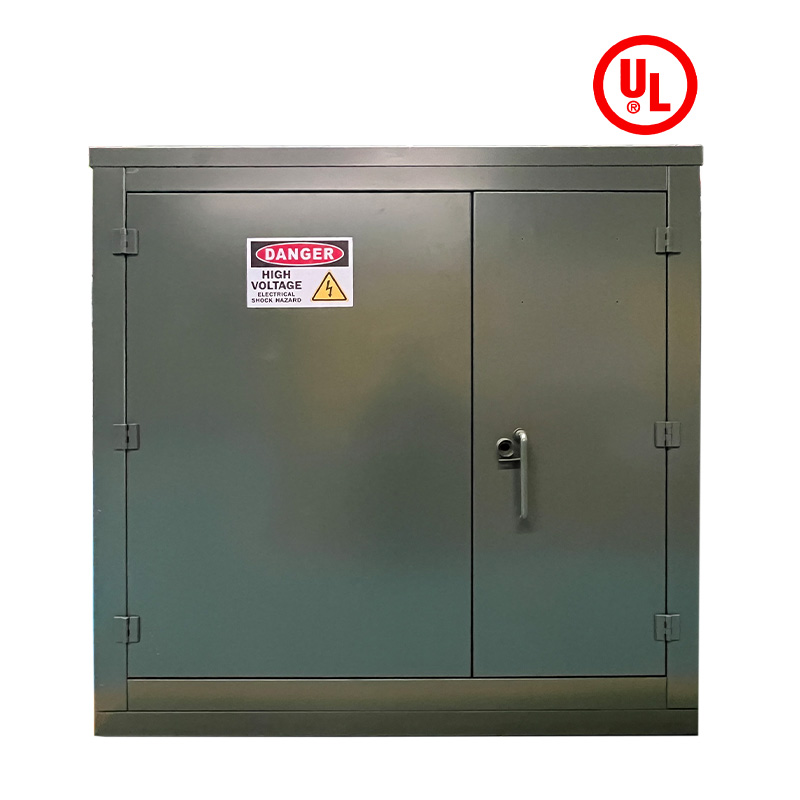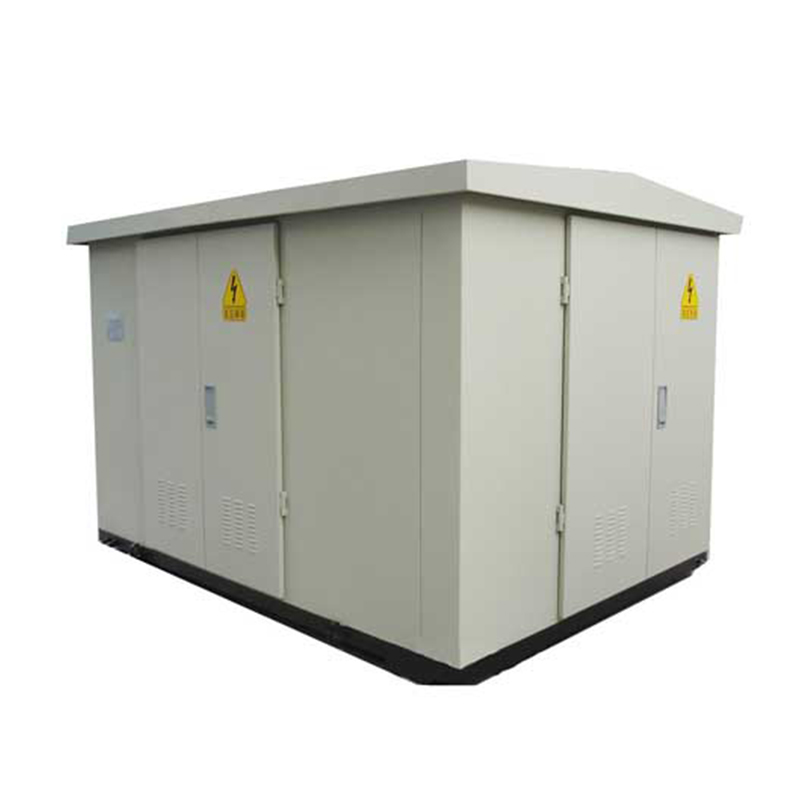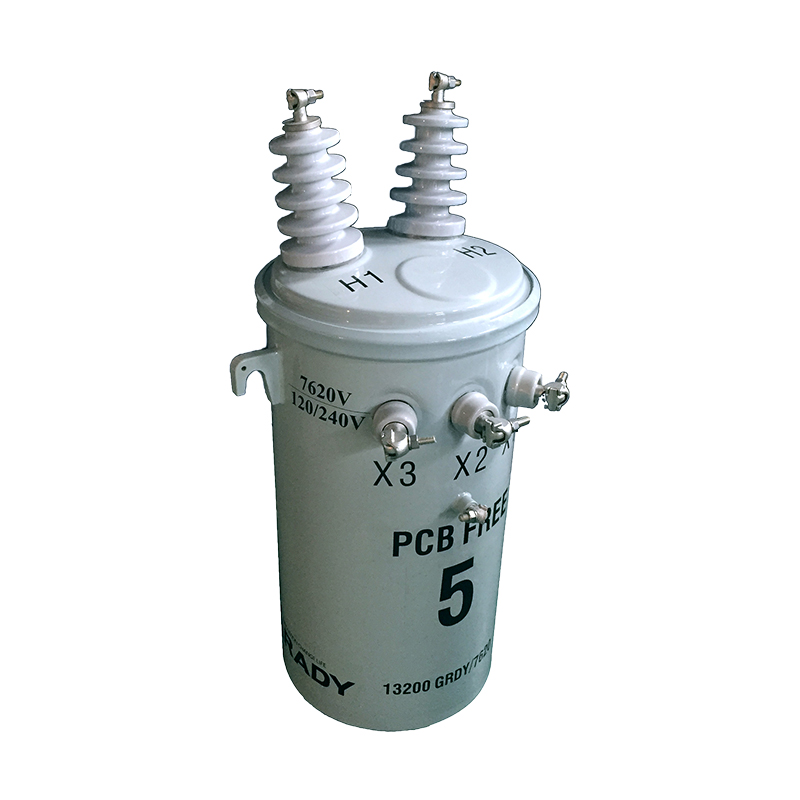Exploration of internal fault location technology for power transformers
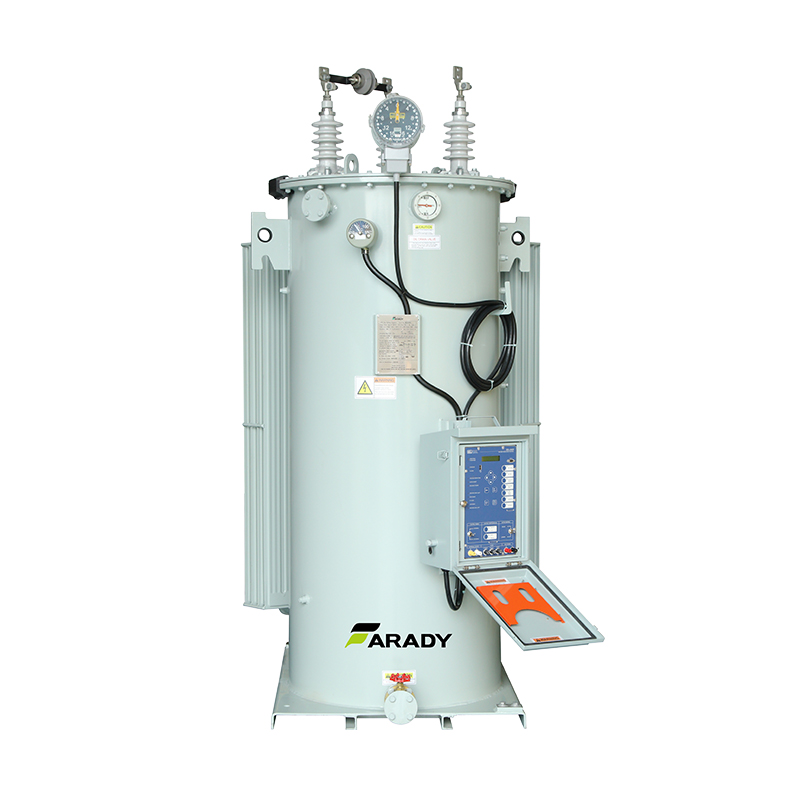
Exploration of internal fault location technology for power transformers
Power transformers are the core equipment in the power system, and their safe operation is crucial for the stability of the entire power system. Internal faults, especially partial discharge faults, are common issues during the operation of transformers. In order to accurately and quickly locate these faults, various positioning technologies are widely used. The following is a discussion on several main internal fault location technologies for power transformers:
1、 Infrared thermography method
Infrared thermography is a non-contact fault diagnosis technique. It determines the internal fault situation of the transformer by detecting the heat distribution on the surface of the transformer. This method can monitor the heating situation of transformers in real time and quickly locate fault areas such as partial discharge and insulation aging. In addition, infrared thermography can also provide a temperature distribution map of transformers, which is convenient for engineers to analyze and judge data.
2、 Ultrasonic method
Ultrasonic method is a non-destructive testing technique used for fault diagnosis of power transformers. It detects faults inside transformers, such as discharge and insulation damage, by sending ultrasonic signals and utilizing the propagation characteristics of ultrasonic waves in the medium. Ultrasonic method can comprehensively detect transformers and has high sensitivity and positioning accuracy for hidden and localized faults. In practical applications, ultrasonic sensors are installed on transformers to capture and analyze ultrasonic signals, thereby determining the location of faults.
3、 Vibration analysis method
Vibration analysis method is a technique for fault diagnosis by collecting and analyzing transformer vibration signals. It can determine the type and degree of internal faults in transformers, such as insulation damage, short circuits, etc. This method for fault diagnosis without dismantling the equipment has the advantages of wide application range and good diagnostic effect.
4、 Gas composite index method
The gas comprehensive index method is a technique for determining transformer faults by analyzing the gas content in the oil inside the transformer. When a fault occurs inside a transformer, specific gases may be produced. By analyzing the composition and content of these gases, the type and location of the fault can be inferred.
In summary, there are various internal fault location technologies for power transformers, each with its unique advantages and applicable scope. In practical applications, appropriate fault diagnosis techniques should be selected based on specific situations, and multiple methods should be combined to make comprehensive judgments to ensure the safe operation of transformer equipment and the stability of the power system. Meanwhile, with the continuous advancement of technology, more advanced fault localization techniques will be applied to the fault diagnosis of power transformers in the future.
Relatenews
- Architecture Design of IoT-Based Monitoring System for Power Transformers 2025-09-05 15:27:00
- Judgment Standards and Oil Change Process for Power Transformer Oil Deterioration 2025-09-05 15:23:00
- Design and Mechanical Strength Verification of Short-Circuit Withstand Capability for Power Transformers 2025-09-05 15:19:00
- The Role of Power Transformers in Voltage Regulation within Power Systems 2025-08-25 08:14:00
- Environmental Regulations and Technical Measures for Power Transformer Noise Control 2025-08-25 08:12:00
- The Application of Big Data Analytics in Power Transformer Fault Prediction 2025-08-25 08:11:00
- Impact of Distributed Generation Integration on Load Characteristics of Power Transformers 2025-08-16 09:43:00
- Conditions and Protection Coordination Strategies for Parallel Operation of Power Transformers 2025-08-16 09:42:00





